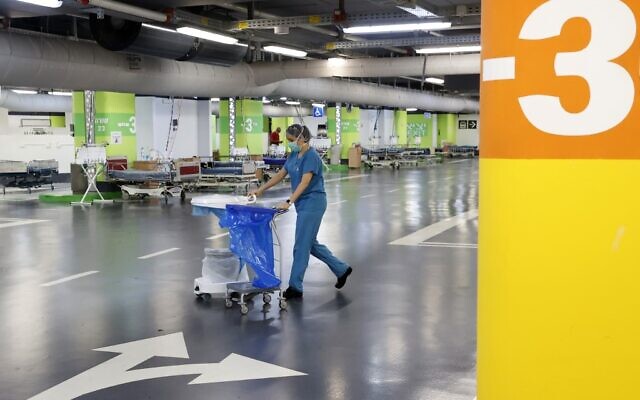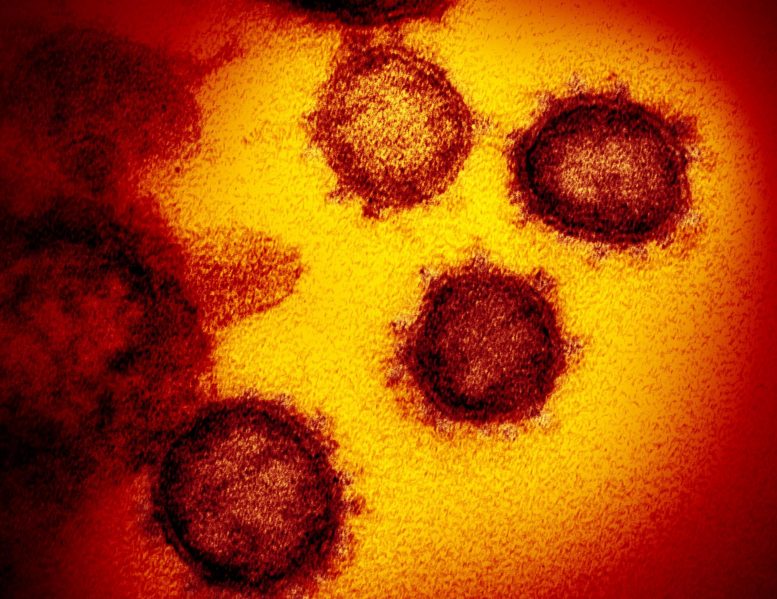- 1 in 4 stroke patients with Coronavirus are under 55; Jerusalem doctor involved in research says it shines spotlight on results of virus blocking larger blood vessels
By Nathan Jeffay, TOI, April 29, 2021
There has been a hidden phenomenon of COVID-19 causing strokes, including among people who would never normally be at risk, a research project by doctors from Israel and 31 other countries indicates.
Their study, newly released in the peer-reviewed journal Stroke, observed that one in four COVID-positive stroke patients are under 55, and the same proportion lacked obvious vascular risk factors like high blood pressure, diabetes or smoking.
This is unusually high. Normally, 10 to 15 percent of stroke patients are aged 18 to 50, and the figure is assumed to be similar when the age range is expanded to under 55s.
Researchers believe the finding points to a phenomenon of the coronavirus triggering a stroke among people who would normally be highly unlikely to experience one. 
Prof. Ronen Leker at the Hebrew University of Jerusalem, one of the authors, said that the research helps doctors to grasp “the connection between the coronavirus and strokes in younger patients, as a result of blockages in larger blood vessels.”
Scientists who are uninvolved in the study are pointing to its importance, and a leading Israeli immunologist called its findings “extremely worrying.”
Prof. Cyrille Cohen of Bar Ilan University told The Times of Israel: “This demonstrates the potential of COVID-19 as a catalyst of stroke, including among the young population which is extremely worrying.
“COVID-19 is not a flu or a simple viral infection. At a time when we are trying to evaluate the benefit and risk balance in vaccination, these data make it clear that young people, who aren’t always considered ‘at risk’ of coronavirus, are vulnerable to strokes and other effects of the virus, immediate and longer term.”
Doctors have long feared that there is a connection between strokes and the coronavirus and the researchers set out to provide a detailed study.
“Stroke is reported as a consequence of severe acute respiratory syndrome coronavirus infection in several reports,” they wrote. “However, data are sparse regarding the details of these patients in a multinational and large scale.”
They quickly recognized that stroke and COVID-19 are indeed common bedfellows. More than half of the 136 medical centers surveyed, in 32 countries, had treated at least one patient for both conditions.
One of the most surprising findings was that COVID-19 appears to be a hidden trigger for strokes. Some 38% of the 432 patients studied had no idea, upon having a stroke, that they were COVID-positive, mostly only finding out when hospitals conducted routine coronavirus tests.
The research should prompt hospitals around the world that don’t routinely test stroke patients for coronavirus to do so in order to prevent the spread of the virus on regular wards, said Leker.
“Going forward, we recommend performing COVID testing on all younger patients with strokes, particularly those with no known pre-existing conditions,” he said. “I am hopeful and confident that this study will be instrumental in providing a better understanding of the link between COVID-19 and stroke, and provide direct therapeutic benefits to patients.”

